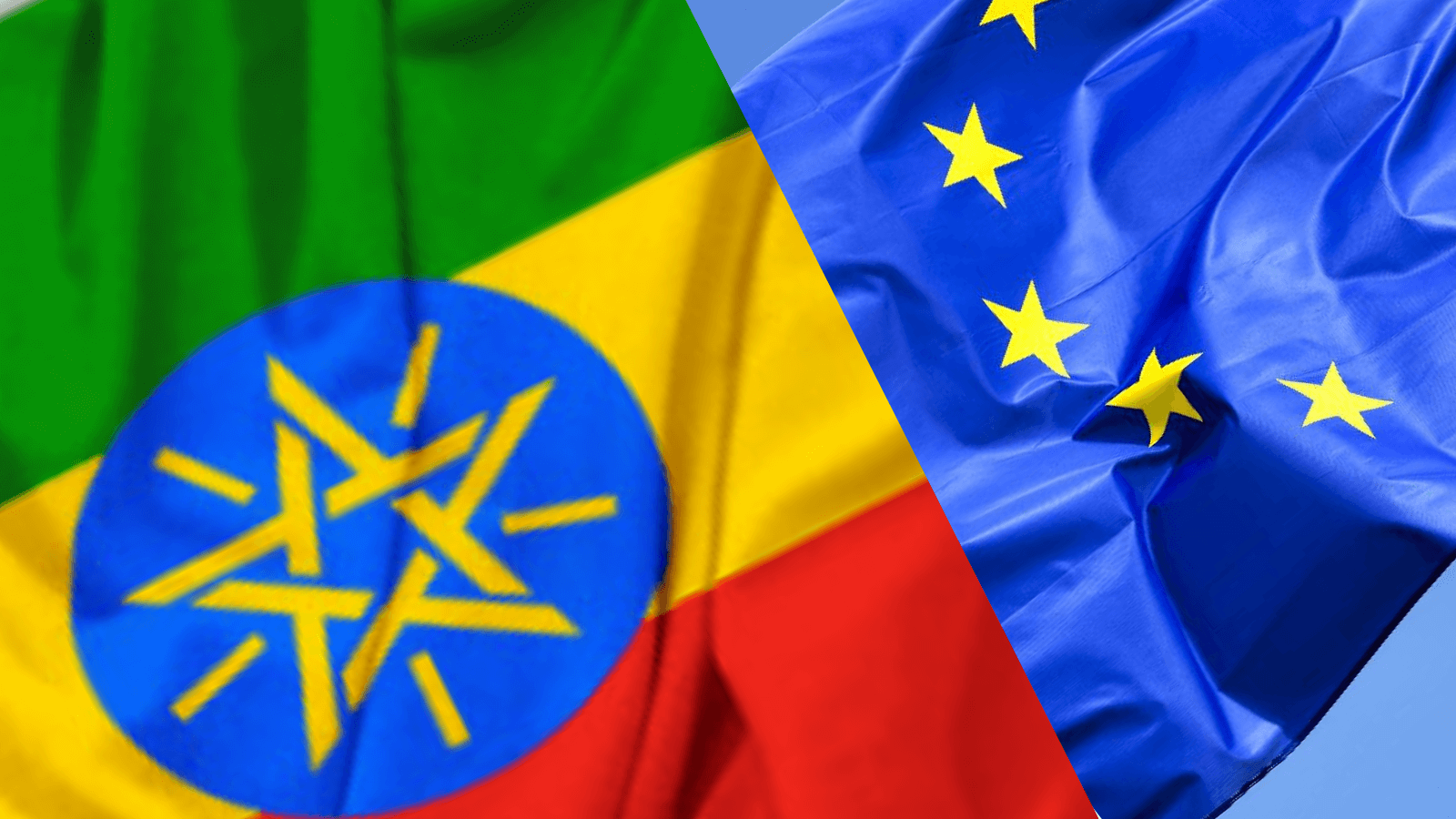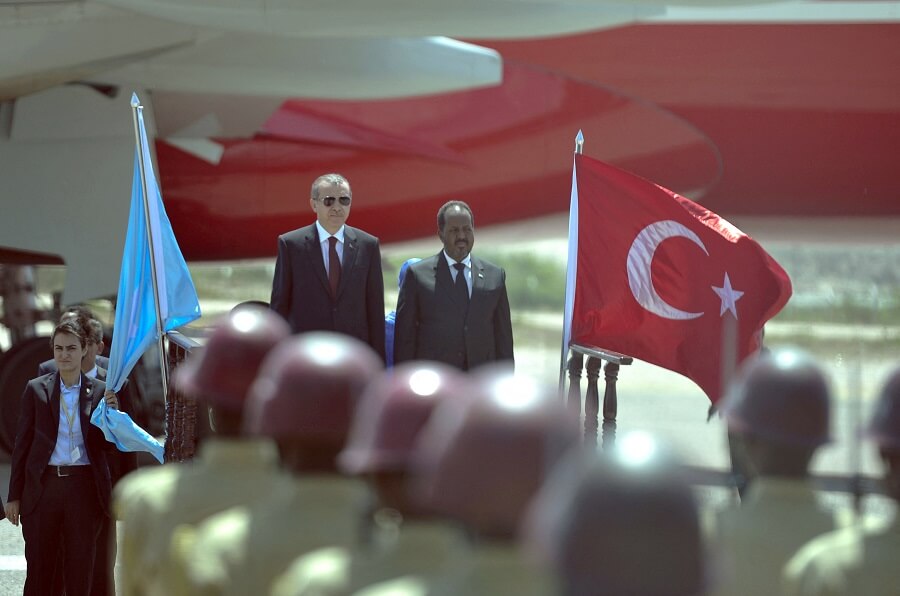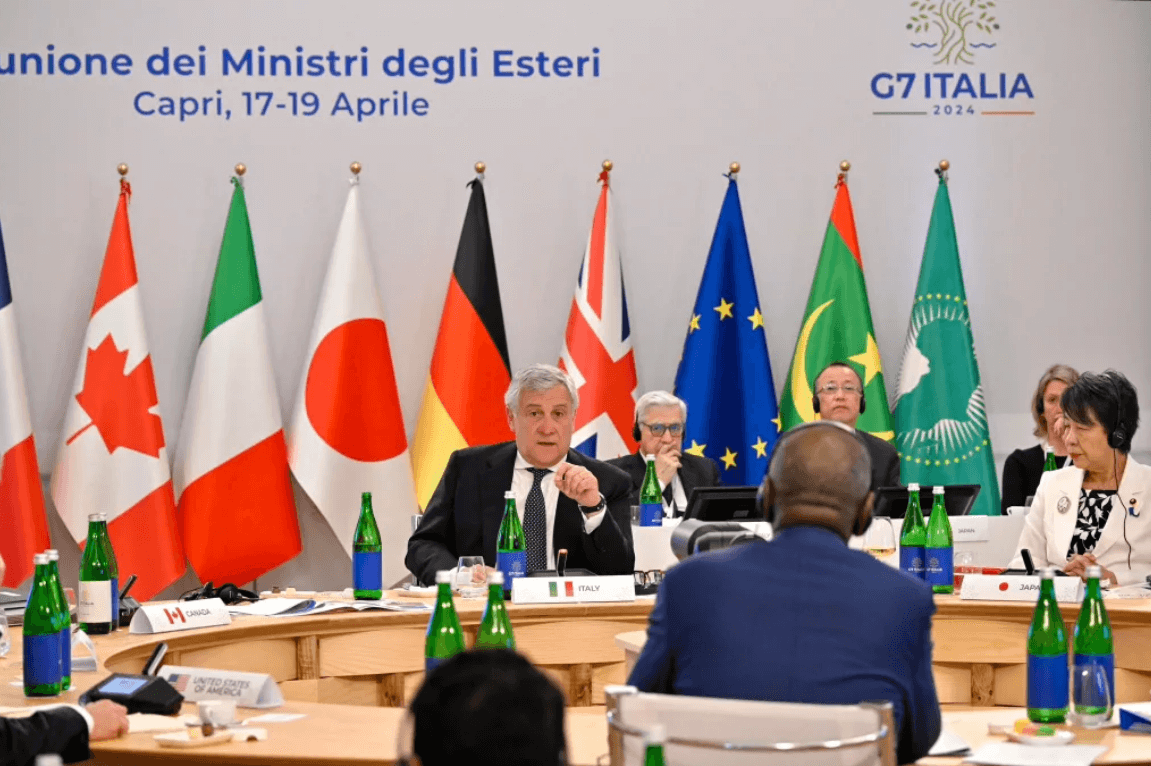Commentary: The Sidama people, the false marriage with nations and nationalities and the need for legal divorce
Yohanan Yokamo, For Addis Standard
Addis Abeba, January 14/ 2019 – The Sidama People are the indigenous Cushitic or Kushitic language speaking Ethiopians. After EPRDF assumed power in 1991 immediately after the transition period, the Sidama nation has been granted its regional self-administration for the brief period of time as per the constitution; only Gedeo and Burji incorporated to it. However, this was only short lived when unexpectedly previously 5 distinct regions of the south were merged all together without consulting the Sidama people and others concerned. Sidama nation was forcefully amalgamated to be one of the zones of the Southern Nations and Nationalities and People’s Regional State (SNNPR). Such illegal, undemocratic & forceful amalgamation (marriage), concluded without the consent of the Sidama People with different nations and nationalities, is literary a false marriage. Indeed, the formation of “SNNPR” is inconsistent with FDRE’s constitution, as there is no basis whatsoever to lump the Sidama people together with 55 or so very different ethnic groups. Since the establishment of SNNPR the Sidama people were demanding constitutional referendum to self-govern and administer itself with statehood structure. Still the Sidama nation has continued with their quest with utmost heroism, bravery and unshakable unity. In this regard, the National Election Board is silent and not responding to undertake the referendum according to the one year constitutional time framework that began about half-a-year ago (in July 2018) after members of the Sidama zone council approved unanimously (for the second time) a request by the Sidama people for regional statehood.
This article further discusses the nature of the Sidama people’s struggle for self-determination and the fight against the forced marriage before the final referendum is held. It also discusses the impacts of the silence of the national election board of Ethiopia and the federal government’s reluctance to help facilitate the constitutional rights of the Sidama people. To this end, this article suggests that there should be a quick move to peacefully, democratically and legally divorce the Sidama zone from the current false marriage and form the Sidama regional state as the 10th Regional State of the Democratic Republic of Ethiopia.
Location and population of the Sidama people
The geographic coordinates of the Sidama land are” latitude North: 5’45’’ and 6’45’’ and longitude East: 38’ and 39’. The current Sidama zone within the SNNPRS borders the Bale sub region in Oromia in the East, Arsi (Oromia) in the North East, and East Shewa (Oromia) in the North. Wolayita, Gedeo and the Oromia region of Borena and Gujji also border Sidama in the West and South respectively.
According to the Ethiopian Central Statistical Agency, Sidama zone has a population of about 4 million as of 2015. The Sidama Zone has favorable soil and climatic conditions that are conducive for agriculture and the Sidama people predominantly inhabit two zones in SNNPRS: Sidama Zone and Hawassa Special Zone. The Sidama Zone is further sub-divided into 19 Woredas and two city administrations; whereas Hawassa Special Zone comprises seven urban sub-cities and twelve rural kebeles.
The Sidama society is characterized by pervasive gerontocracy in which older generations have served the people for centuries in preserving the moral order. In doing so, the gerontocracy in Sidama emphasizes on decentralized decision-making and consensual rule, and practices far more community participation and rational discourse than the people of nation-states practice.
The Sidama people used to have an egalitarian political administrative system known as the “Moote” system whereby the “Mootichcha” is presented to a “Fichche” for “Qeexalaa”. The Mootichcha, assisted by his “Ga’ro” rules in consultation with the council of people’s representatives known as the “Songo”, a council sharing similarities to both the Gada/Chaffee council and a modern day parliament. They are also a nation with an indigenous and unimaginably complex systems (even by the standards of postmodernism) like the Luwaa, the Seeraa, the Woma and the Kotta/Shuffo systems that both govern and keep the social, economic and spiritual equilibrium both among themselves and their neighborhood.
Concerning role of women in Sidama, The customary Sidama tradition offers certain rights including the control of family subsistence, especially dairy products. Women used to be represented in the traditional council of wise people (womu songo). However, like other societies, Sidama too is patriarchal society. Though the Sidama people in general recognize the significant role of women in families and society, the gender role granted for the woman is more of house chores such as preparing food, cleaning, taking care of children, and taking care of her husband and guests. However, today it is common to see many female scholars, activists and influential figures coming from the Sidama Society.
A false marriage for 27 years
For the past 27 years, the Sidama people were forcefully amalgamated to become one of the zones of the southern regional states which is home to more than 55 distinct nations and nationalities of the entire southern Ethiopia and are given the pseudonym of the Southern Nations and Nationalities and People’s Regional State (SNNPR). Prior to the naming of the regional state as SNNPR, after EPRDF assumed power in 1991 immediately after the transition period, the Sidama nation was granted its own regional self-administration status for the brief period of time. Only the Gedeo and Burji people were incorporated to it. As the Gedeo and Burji are known to be culturally and linguistically similar to the people of Sidama, it made sense to have done so.
However, this arrangement was only a short lived arrangement when, unexpectedly, five distinct regions of the south were merged all together without consultations with the Sidama people and others concerned by the decision, which was primarily a decision by the late Prime Minister Meles Zenawi. Ever since then, the Sidama zonal council pushed the quest for a separate regional status all the way to the Council of Nationalities until the late prime minster intervened to put a top on it, a process aptly discussed in Lovise Aalen ‘The Politics of Ethnicity.’
Although important principles do exist in the FDRE Constitution that provide a given nation’s right to form its own statehood, the Sidama People’s request to exercise this constitutional right in democratic way remained unanswered.
But now, this request has reached at a critical junction and the Sidama people are in the verge of writing a new chapter in their history book. This came as members of the Sidama zone council have in July 2018, approved unanimously (for the second time – the first one being in 2005) the long lasting request by the Sidama people for a regional statehood.
The issue was an agenda item in a subsequent Council meeting of the SNNPR. After brief deliberation, the SNNPR council too endorsed the decision taken by the Sidama zone and subsequently wrote a letter to the National Election Board to facilitate a referendum as provided by the constitution. To this end, a number of academicians and politicians at different level have forwarded their opinions that this issue has been dragging on for many years and, therefore, deservse an expedited resolution per constitutional guidelines.
The Nature of the Sidama people’s struggle for self-determination and the fight against forced marriage
The widely accepted narrative through stories and tales by the Sidama elders and scholars about their experience and historical memory within Ethiopia is one of repression and discrimination. Yet the Ethiopian official discourse does not address the root cause of the problem; in fact successive regimes have mastered the art of concealing it by selectively memorizing events and course of actions that justify the repression of the Sidama people. (
The Sidama people have demanded and fought bravely for a regional statehood status from the very first day they had been incorporated under the SNNPR; the current turning point is therefore for part and parcel of the struggle for self-determination. This struggle was not without its devastating consequences, too. The memory of the Looqe massacre in 2002 is still a fresh in the memories of every beating heart of the Sidama. Led by Baalichcha Worawo, who is recognized for his courageous spirits, and the young Sidaanchoos and freedom fighters like ‘Ejjeetto’, group in Sidaamu Affo language, and thousands of ordinary Sidamas at different level, the spirit of the 2002 is are still held with determination.
As we speak all segments of Sidama people are demanding these rights. The Sidama youth and old alike have continue to push forward to see a tangible arrangement to become a regional state and for the Sidama people to own their destinies through the constitutional provisions of self-administration. However, the EPDRF government has continued disregarding this provision resorting instead to brutally suppresses the legitimate questions. At times, the regime also tries to hoodwink the Sidama people by using loyal community cadres whom it handpicks and installs at the regional and zonal levels.
For example, when the 2002 massacre of peaceful and unarmed Sidama civilians demonstrating against the denial of constitutional rights to regional self-administration happened in Loqqe village (in the outskirt of Hawassa city), it was committed by the regime’s defense and police forces not without the help of local officials.
This violent incident had united the entire people of the Sidama. More than 70 innocent civilians were needlessly, but brutally murdered and hundreds were wounded for which no one is held to account to this date. Mass imprisonment, torture, harassment and intimidation were also rampant. In some ways, this abuse has continued to date because the Sidama people have intensified their struggle for regional self-determination.
Informed by this persistent struggle, there may be no Sidama person who reasonably objects to this demand and aspiration for statehood, should there be a referendum free of interference from political interest groups. It is worth mentioning that so far no one, including community leaders (both at the Federal and SNNPRS level) openly stood against the demands of the people. After all, what the Sidama People require is consistent with the Constitution.
It is also important to disregard those who are deriding, mocking, or otherwise undermining this decision today – or using the opportunity to gain political points. As a community, the Sidama people have not done anything to harm any other people or groups’ rights or interests. But many attempts have been made to create conflict and to stoke hate between non- Sidama people living in Sidama area. Such attempts are not uncommon in Ethiopia today.
It has now become evident that the country has been buzzing with the various changes. Despite these avalanche of changes, however, there have been, and continued to be, some chilling news of conflicts and violence in many parts of the country.
The recent conflict between the Wolaita and the Sidama is a famous one to this end and has shocked the country for its nature of brutality. Apart from this regrettable incident, however, history has no memorable record of real or perceived quagmire in the relationship between the two ethnic groups.
Tasks required of Sidama people within constitutional Time-table before or after Referendum
While the process granting is going on, the Sidama People may do well to:
A. Start negotiation in good faith about borders related issues with other regional states (especially the manner, duration, and terms of cohabitation, at least temporarily, as a boundary of Sidama Regional State and SNNPRS as a region of its own and between the surrounding Oromia regional state.
B. Work on the modes of protection to be accorded to minorities, i.e., non-Sidamas residing in the region. In order to address the issue of minority rights and adjust adequate guarantees to the rights of their intra-unit minorities, the Sidama people have to carefully study the history, socio-economic, demographic and political position of the Sidama Zone and its capital, Hawassa city and other citizens living in Sidama National Regional State.
C. Draft, adopt, and enact its regional constitution and,
D. Constitute its government institutions and the structures, and assign officials as appropriate and accordingly.
It is hoped that the recent Sidama Zone’s unanimous decision will open up a new chapter in the development of the country’s constitutional processes and the jurisprudence thereof. Aborting this process at this stage is less likely to deter,the Sidama people from demanding what they have struggled for. Instead, it makes them push harder.
Implications of the silence from the National Election Board of Ethiopia, and the reluctance of the Federal Government
According to article 47(3/a) of FDRE’s constitution, a referendum should be held within one-year from the time the request has been approved by people’s representatives (in this case the Sidama zone council). Six months have passed since this happened in the case of the Sidama’s, yet, there is no official pronouncements from the national electoral board as of yet. We know that the election board is undertaking its own reform after the appointment of the new chairwoman Birtikan Mideksa in November last year. But not to be able to announce at least a tentative date for referendum is concerning, to state the obvious. A delay of the referendum may as well open the door for chaos in the region under the guise of fighting for the Sidama people’s right. Thus, the National Election Board should quickly arrange the referendum; or issues alternative dates in accordance with constitutional principles.
It is also good to look a bit closely into the regional statehood claims that many other nations in SNNPR or other regions made and to see to it that the mushrooming of such requests are not used by political pundits as an excuse to reverse the quest of the Sidama people for its own statehood. For instance, the Wolayita, Keffa and Gurage ethnic groups in the SNNPR have all made similar demands like the Sidama people. Many arguments are being forwarded that these requests might create a challenge to fulfill the demand of the Sidama. However, such arguments fall short of considering the fact that the Sidama request is near its final stage.
Concluding Remarks
I would like to urge all those keen observers with clean minds and hearts to work in addressing the constitutional question of the Sidama People and support the ‘divorce proceeding’ to end peacefully what I refer to as a “non-consensual marriage’ imposed on the Sidama people with more than 55 distinct nations and nationalities.
The repeated denial the Sidama people’s quest for self-administration is one of the driving-forces in uniting the Sidama youth and other segments of the society in different levels, further shaping and reinforcing their nationalism and national identity. Thus, it’s possible to say that the Sidama youth can be the owner of its destiny and can shape its future by rejecting all forms of injustices imposed on Sidama people as a nation. It is also pretty obvious that, the role of this young generation in figuring out and controlling how their land and region is being democratically and justly administrated. The role of the Sidama youth therefore cannot be under-emphasized.
Having handpicked some of SNNPR’s Sidama and non-Sidama cadres or rulers merely serving the interest of the ruling party whilst sidelining their question and defaming the Sidama civilians and wider community members never constitute representation and can only serve to create historical grievances among the Sidama People.
In the same token, those who could help build a strong, if not unbreakable, bond between the Sidama people and others remain silent and are at times wrongly acting against the Sidama People. It should be understood beyond reasonable doubt that the Sidama people’s quest for self-administration is morally and politically strong, which will continue for generations to come if unresolved in time
Come what may, the Sidama people will continue pushing for their quest with utmost heroism, bravery and unshakable unity to end the false marriage imposed into them. AS
(Hoola Halaleho / In Sidama’s Truth)
Editor’s Note: Yohanan Yokamo is a lecturer in Law, Hawassa University, School of Law; LL.B, BSc, LLM Candidate (HU); HU Free Legal Aid Supervisor, and Research Fellow at the Young African Leaders Network (YALINet).
He can be reached at: Email: yokamo.yohanan@gmail.com









